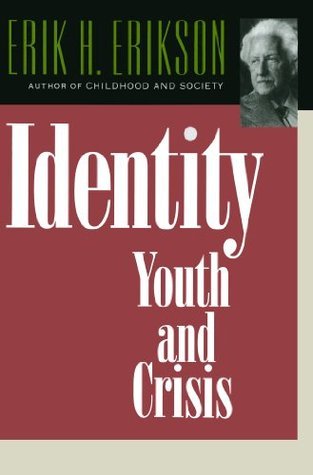What do you think?
Rate this book


Identity: Youth and Crisis collects Erik H. Erikson's major essays on topics originating in the concept of the adolescent identity crisis.
Identity, Erikson writes, is an unfathomable as it is all-pervasive. It deals with a process that is located both in the core of the individual and in the core of the communal culture. As the culture changes, new kinds of identity questions arise—Erikson comments, for example, on issues of social protest and changing gender roles that were particular to the 1960s.338 pages, Kindle Edition
First published January 1, 1968